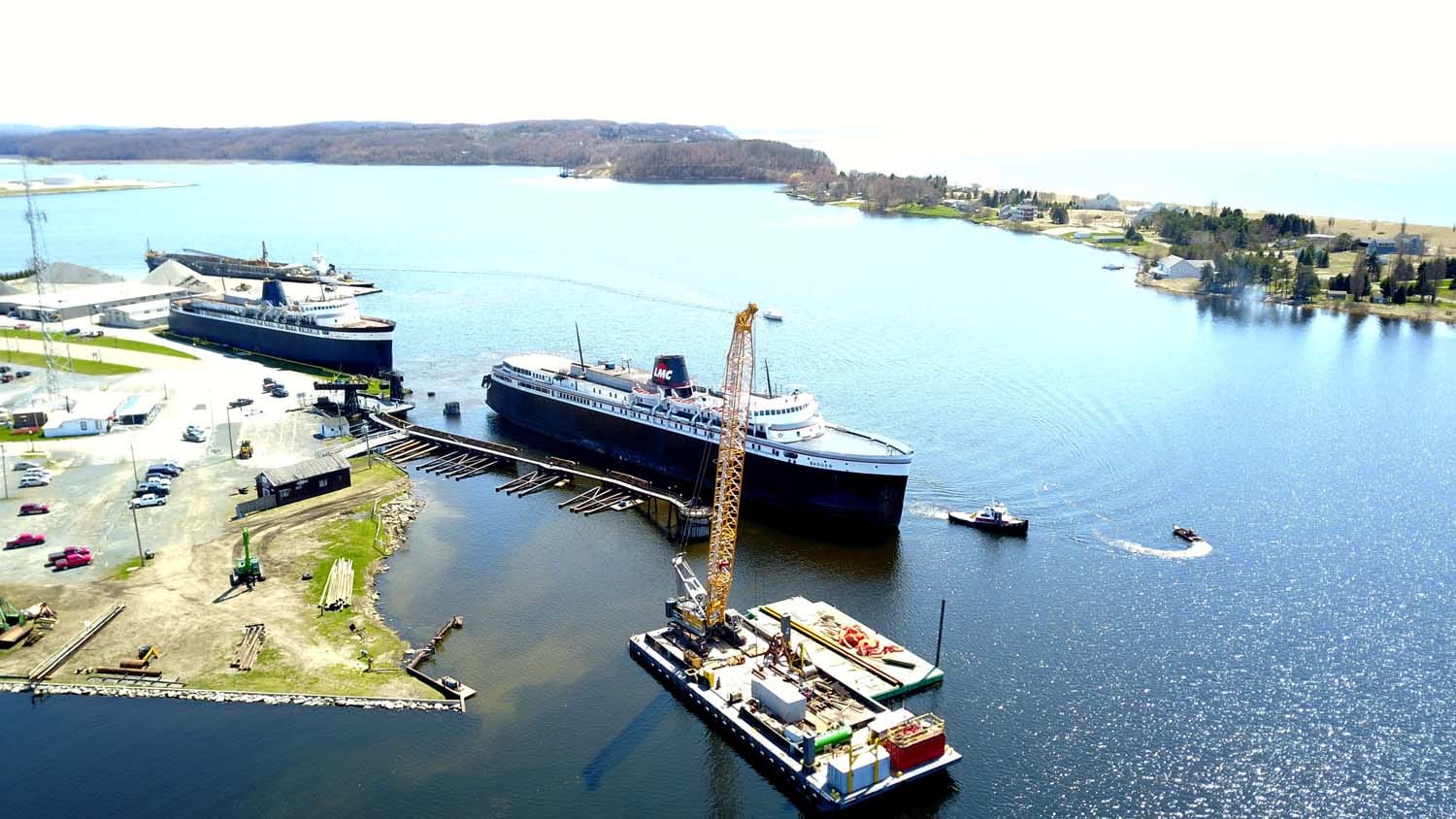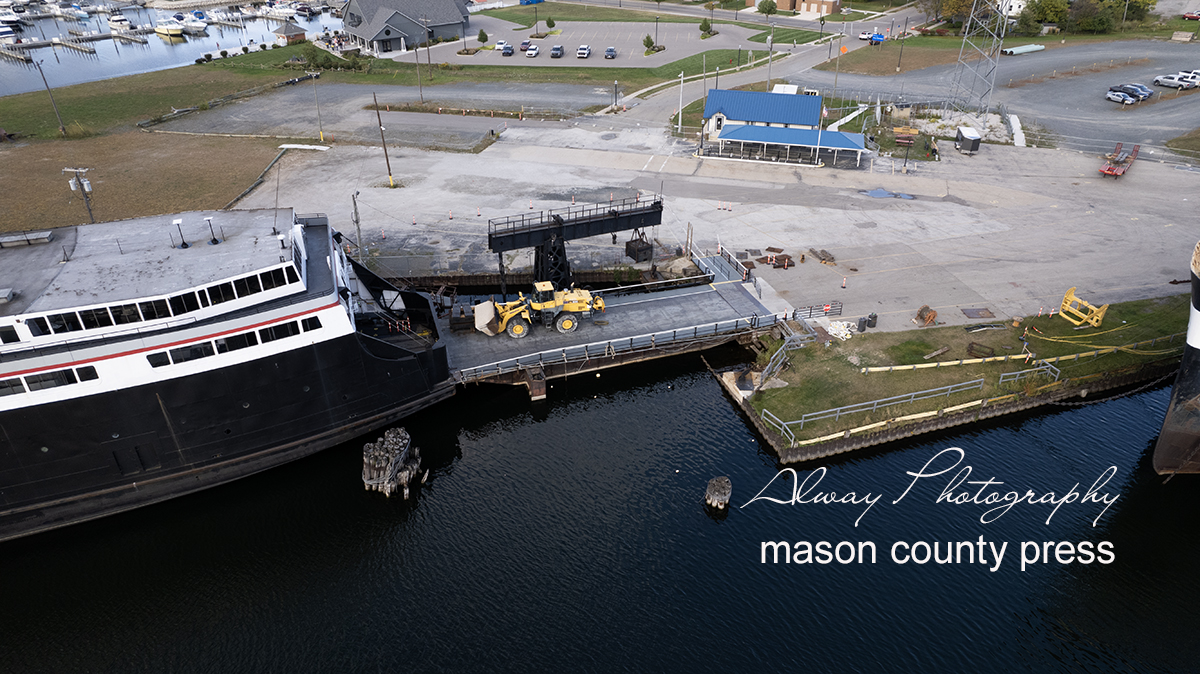Effective Dock Repair Techniques: Ensuring Structural Integrity
Guaranteeing the architectural integrity of anchors with efficient repair work techniques is paramount for the long life and safety and security of marine centers. Consequently, selecting the appropriate repair service materials, such as corrosion-resistant alloys and composite materials, is essential for sturdiness.
Assessing Dock Damages
Evaluating dock damage is a crucial initial step in ensuring the structural integrity and safety of any type of docking facility. Secret facets to examine consist of the dock's structure, pilings, outdoor decking, and equipment (Dock Repairs).
Structural engineers or qualified examiners normally execute these analyses utilizing specialized methods and tools. Underwater inspections could use finder devices or remotely operated lorries (ROVs) to identify immersed damages. Over water, aesthetic assessments are matched by utilizing wetness meters and various other diagnostic tools to reveal underlying concerns not quickly noticeable to the nude eye.

Finding Repair Products
Choosing the appropriate repair products is an essential step in the dock restoration procedure, one that directly influences the long life and efficiency of the repaired framework. Material selection have to be driven by aspects such as environmental problems, load-bearing demands, and compatibility with existing dock components.
Along with wood, composite products are progressively popular as a result of their toughness and low upkeep demands. Compounds, normally made from a blend of plastic and timber fibers, offer superb resistance to rot, bugs, and UV damages. For metal anchors, choosing corrosion-resistant alloys such as galvanized steel or marine-grade light weight aluminum is necessary to prevent corrosion and ensure architectural honesty in saline water conditions.
Epoxy resins and marine-grade sealers are indispensable for repairing splits and securing joints, offering a water-proof barrier and improving the dock's total strength. By thoroughly picking premium products, dock repairs can accomplish resilient outcomes, thereby securing against future deterioration and making certain safe, trustworthy use.
Structural Support Strategies
Reliable architectural support strategies are critical in ensuring the security and long life of dock fixings. This approach is particularly effective for anchors revealed to heavy tons or severe environmental conditions.
An additional crucial strategy is the application of fiber-reinforced polymers (FRP) These products use high strength-to-weight ratios and outstanding resistance to corrosion, making them perfect for reinforcing concrete or wooden anchors. FRP can be used in sheets or strips and bound with epoxy resins to enhance architectural stability.
Bracing and anchoring systems additionally play a critical function in structural support. Cross-bracing, utilizing metal or wood beam of lights, can neutralize side pressures, minimizing swaying and activity. Anchoring systems, such as helical piers or driven heaps, offer a secure foundation by transferring lots to deeper, a lot more secure soil layers.
Last but not least, the integration of load-distribution plates can assist disperse weight more uniformly throughout the dock's surface, alleviating localized anxiety points. These methods collectively make sure that docks stay secure and robust, efficient in enduring the roughness of their operational setting.
Advanced Repair Work Approaches

One more sophisticated method includes underwater welding, which enables repair services to be carried out without the requirement to dewater the location. This technique is especially helpful for resolving architectural problems in submerged dock elements, making sure very little interruption to operations. Improved welding methods, combined with robotic systems, provide precision and dependability, thus prolonging the life expectancy of the dock.
In addition, cathodic defense systems are carried out to avoid corrosion in metallic dock structures. By utilizing sacrificial anodes or pleased present systems, these methods successfully alleviate the electrochemical procedures that bring about product deterioration.
Last but not least, progressed surveillance innovations, such as structural health surveillance (SHM) systems, supply real-time data on the condition of additional reading dock structures. These systems make it possible for aggressive maintenance and prompt treatments, eventually ensuring the lasting architectural stability of the dock.
Maintenance and Avoidance
Maintenance and avoidance are essential concepts that underpin the long life and security of dock frameworks. Routine examinations are vital, enabling very early detection of damage, potential weak points, and environmental effects. A proactive technique, involving regular checks for rust, rot, and architectural changes, mitigates pricey repair services and lengthens the dock's operational life.
Safety nets should include applying protective coatings to steel components to secure against corrosion and utilizing cured wood to withstand degeneration. Additionally, making certain proper drain and ventilation can stop water buildup, which is a common root cause of architectural destruction. Incorporating quality products and sticking to manufacturer guidelines during building and construction and repair phases additionally play essential roles in improving sturdiness.

Educating workers in dock maintenance best practices makes certain regular application of precautionary procedures. Leveraging technological advances, such as drones for inspections and sensing units for real-time tracking, can even more enhance upkeep initiatives. By prioritizing upkeep and avoidance, dock owners can ensure architectural stability, operational safety, and cost-effective monitoring over the dock's life expectancy.
Conclusion
To conclude, keeping the structural stability of aquatic facilities necessitates detailed dock repair work techniques. Complete inspections making use of sophisticated devices discover both noticeable and concealed problems, while the selection of proper repair work products enhances longevity. Executing architectural reinforcement approaches addresses tension factors efficiently. Advanced repair service techniques, combined with regular maintenance techniques, guarantee the dock continues to be safe and functional under varied environmental problems. Taking on these techniques significantly extends the life-span and functionality of aquatic infrastructure.
Ensuring the architectural integrity of docks via reliable repair techniques is critical for the long life and safety and security of marine facilities.Selecting the proper repair materials is an essential action in the dock reconstruction process, one that directly influences the longevity and performance of the repaired framework.Efficient structural reinforcement methods are important in making certain the security and long life of dock fixings. By focusing on upkeep and avoidance, dock owners can guarantee structural stability, operational security, and economical monitoring over the dock's lifespan.
In read what he said verdict, keeping the architectural stability of marine facilities requires extensive dock repair work techniques.
Comments on “Why Normal Upkeep Can Lower Future Dock Repairs”